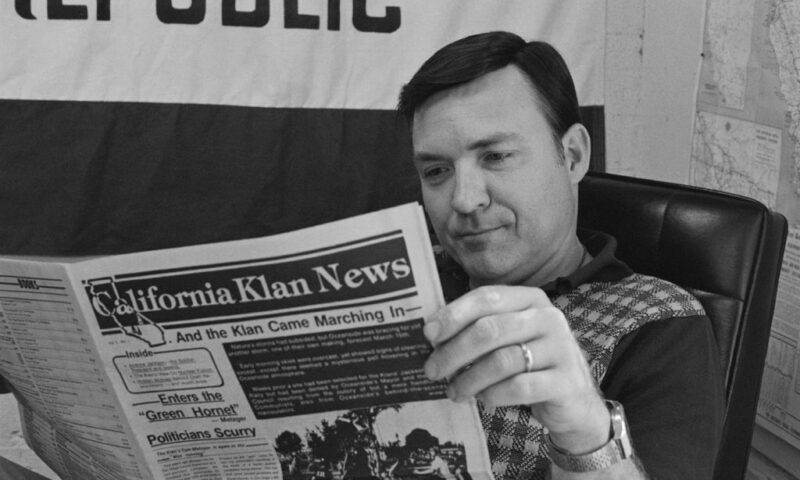

Hate crimes have increased 17.4 percent — from 931 incidents in 2016, to 1,093 incidents in 2017.
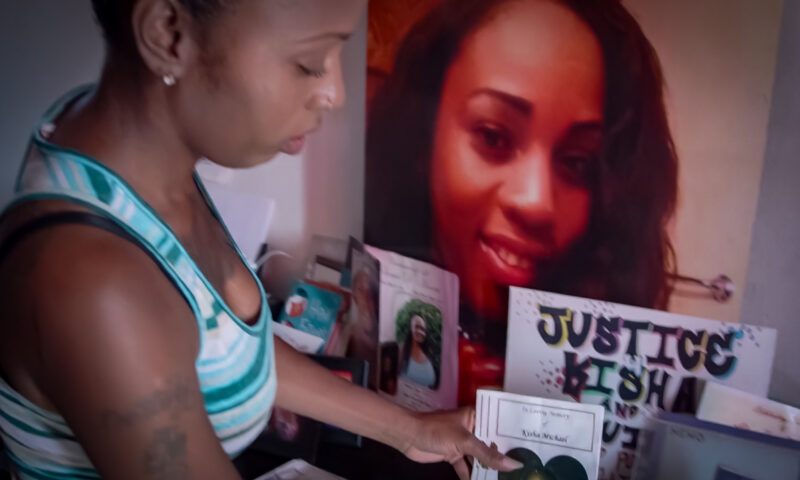

Recent reports on the use of force by California law enforcement officers reveal a rise in the number of deadly civilian encounters with police.
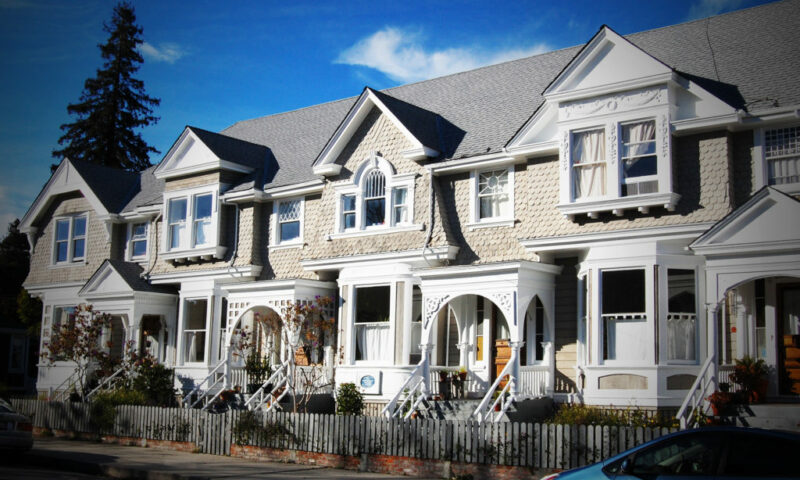

California’s housing shortage has made it difficult to be middle class and harder to be poor. Today’s median-priced California home costs more than twice the median-priced U.S. home, according to Zillow.
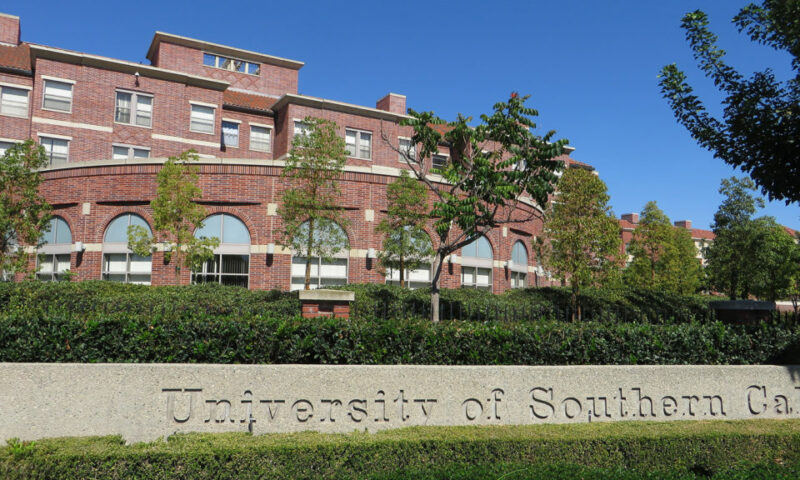

USC grad students are dismayed by the university’s handling of sexual harassment allegations against a professor.
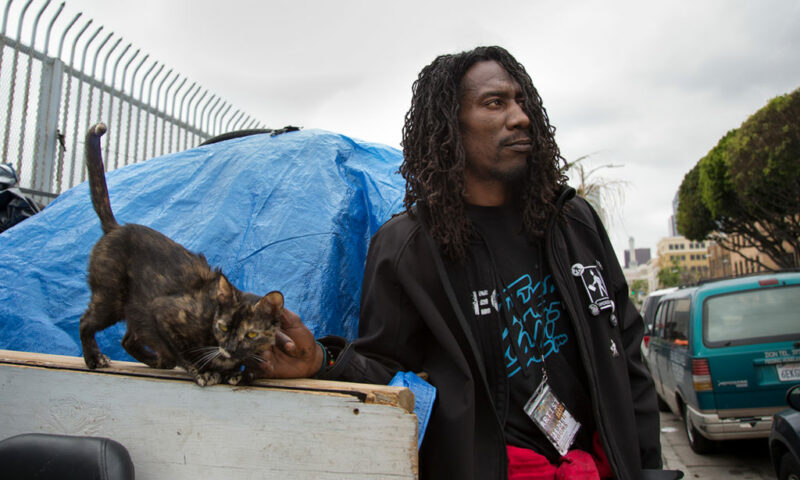
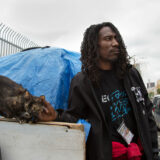
Pets can provide an invaluable source of companionship, comfort and security. That’s especially true for those without stable housing.
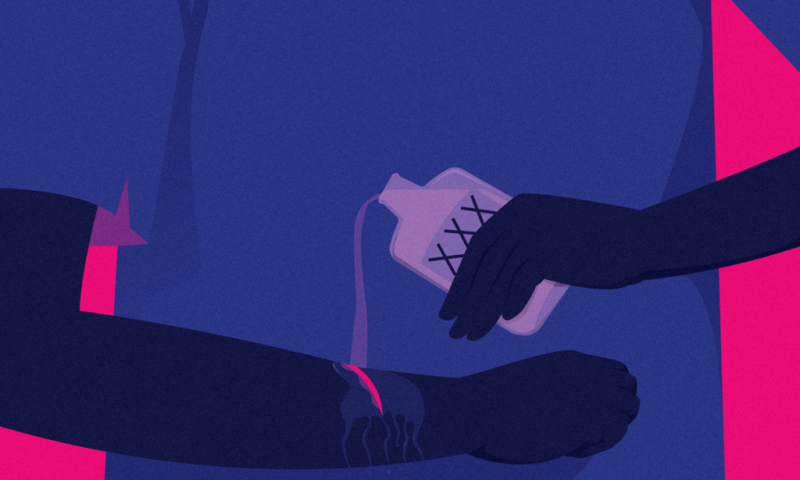
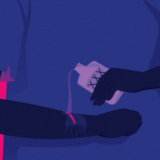
One health-outreach group’s mandate is to get homeless people into sustainable living situations. Even after a client is placed in permanent housing, the team will follow up and, ideally, get the person to regularly visit a clinic.
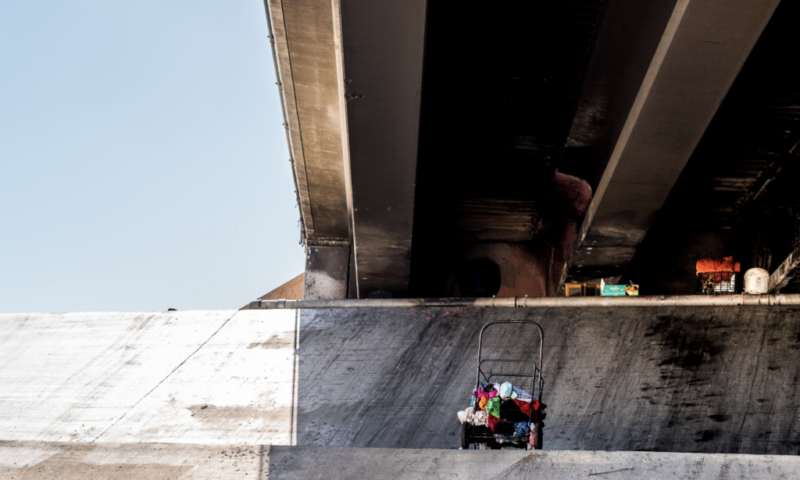
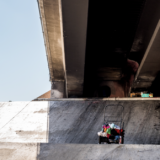
Dr. Coley King, director of homeless services at Los Angeles’ Venice Family Clinic, explains how multidisciplinary teams work in preparing homeless people for a better life.
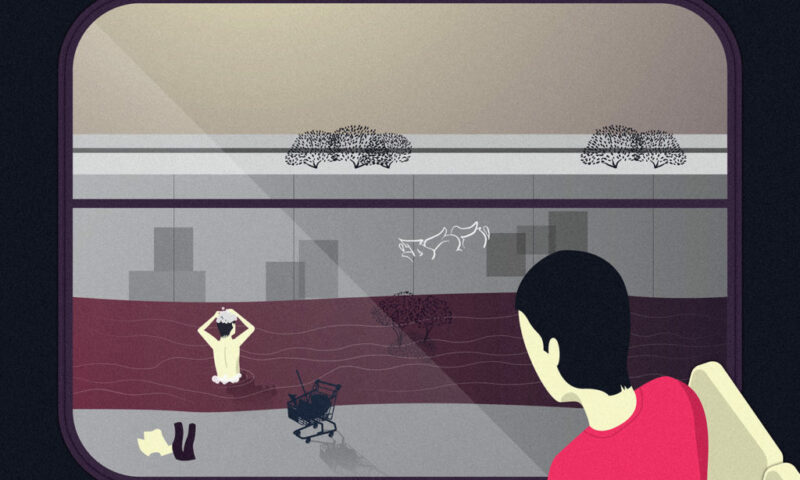

Facilities that provide showers and clean clothes encourage the homeless to seek health services and permanent supportive housing.
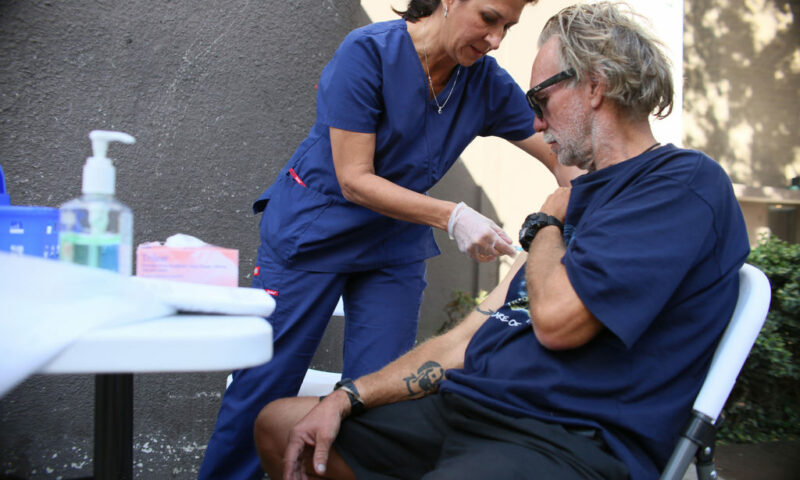
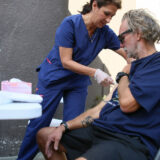
At the center of the homeless crisis are filthy encampments where people eat, sleep and relieve themselves, all within the same few square yards. City and county governments are confronting the problem in creative ways.
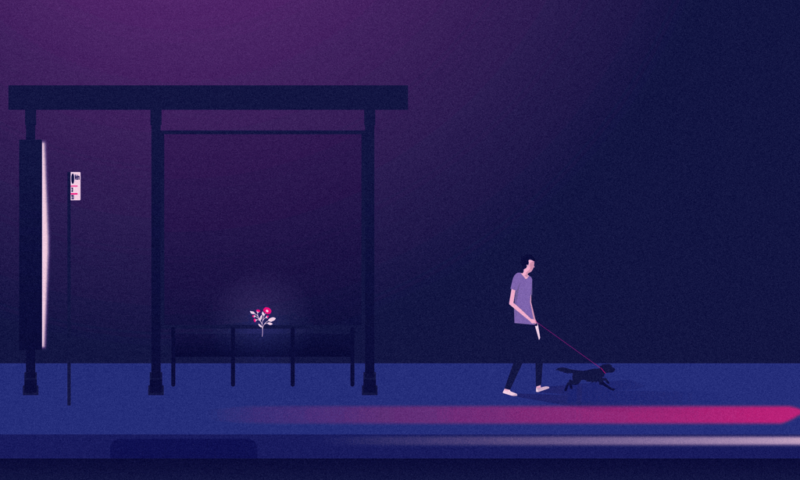

On a four-block walk from his Venice home, a filmmaker encounters sky-high rents, a pet store offering “anti-anxiety calming anti-aggression” dog treats and gourmet “hot smoked peppered salmon” at Whole Foods. Last December he found a body by a bus bench.
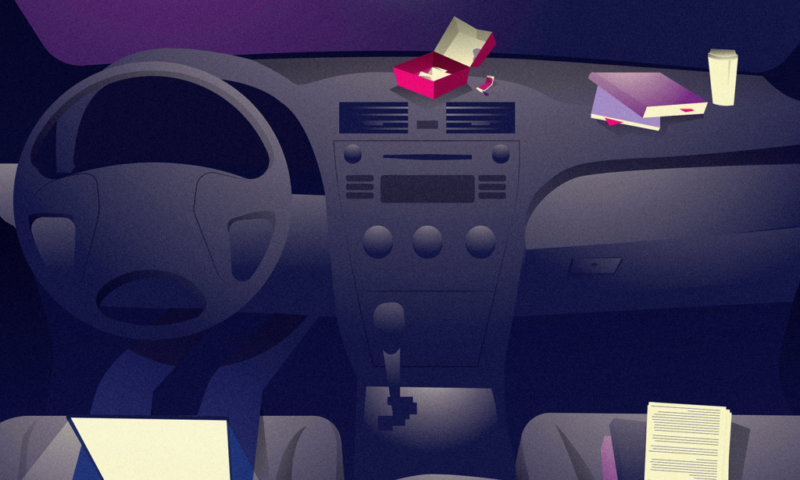
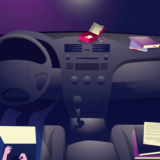
A January study found that 11 percent of students on the California State University’s 23-campuses reported being homeless during the past year. At Humboldt State nearly a fifth said they’d been homeless at one point during 2017.
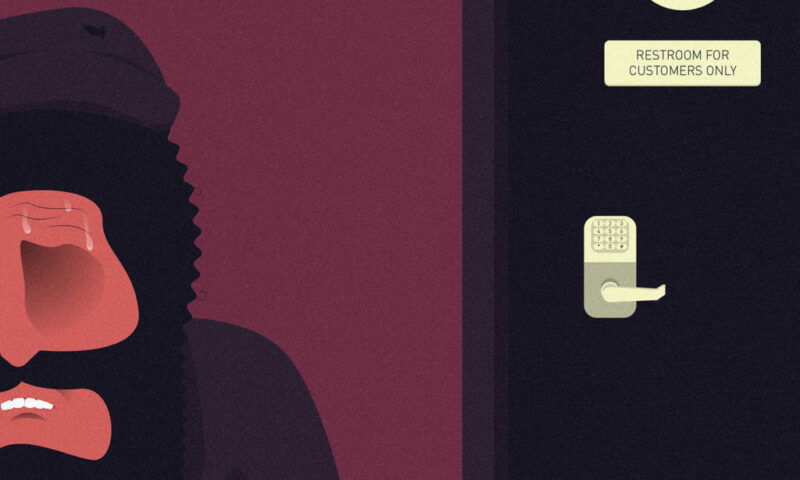
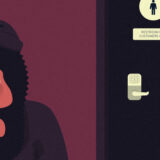
A 2017 audit found that in Los Angeles, from 9 p.m. to 6 a.m., there were only nine public toilets available for Skid Row’s estimated 1,777 unsheltered homeless people.
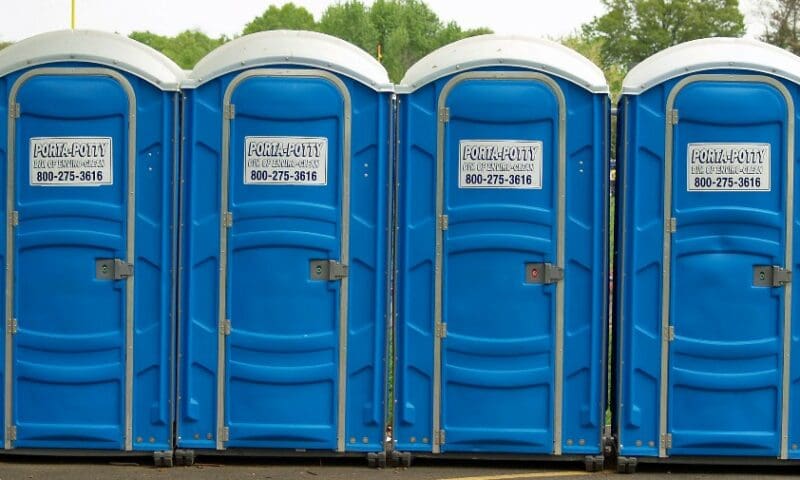

Skid Row porta-potties have a reputation as magnets for drug-dealing and prostitution. Homeless residents say they are afraid of being robbed in them, or worse.


The story of how California’s homeless find their daily bread is one of luck, charity and resourcefulness—but also of how eradicating long-established communities can lead to worse food insecurity.
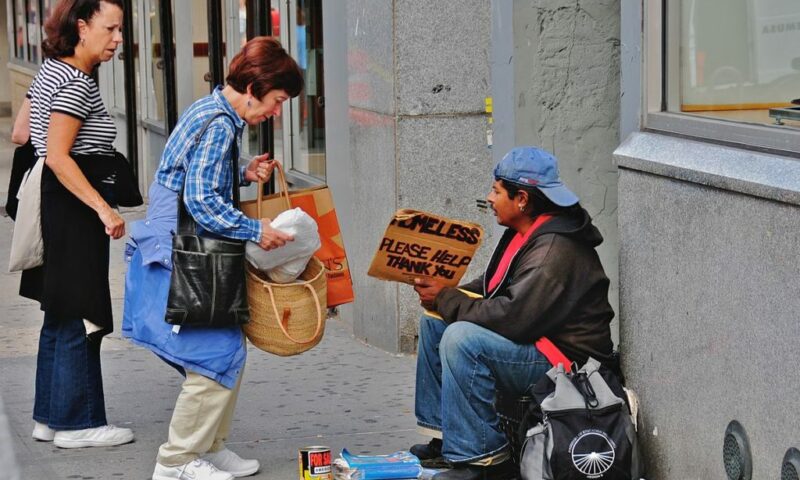
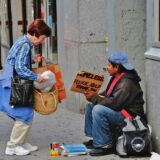
Food safety, security and storage are three problems that influence the meal choices of people living without the other conveniences of shelter.
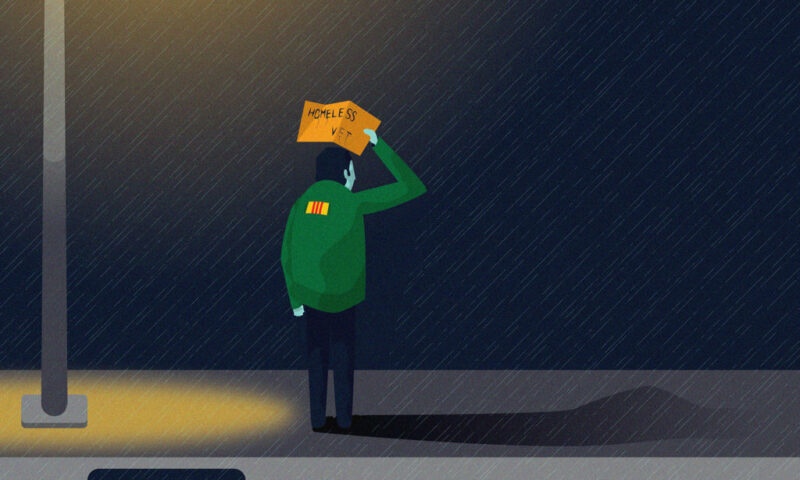

Homeless veterans live solitary and nomadic existences. At night, some sleep in cars parked near VA facilities, under freeway overpasses or in public parks.


“What was scary about that place was the men were right there,” says one formerly homeless woman. “They were on one side and we were on the other, where we were sleeping. People hallucinated and some sleep-walked.”
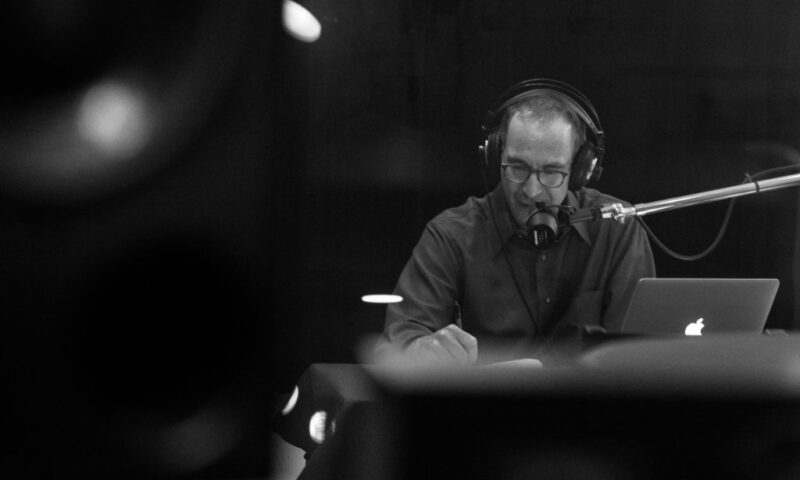
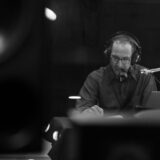
The Seattle maverick, who has pushed for a slate of progressive policies while warning his “fellow zillionaires” that the pitchforks are coming, explains on “The Bottom Line” podcast that his dad helped to shape his values.
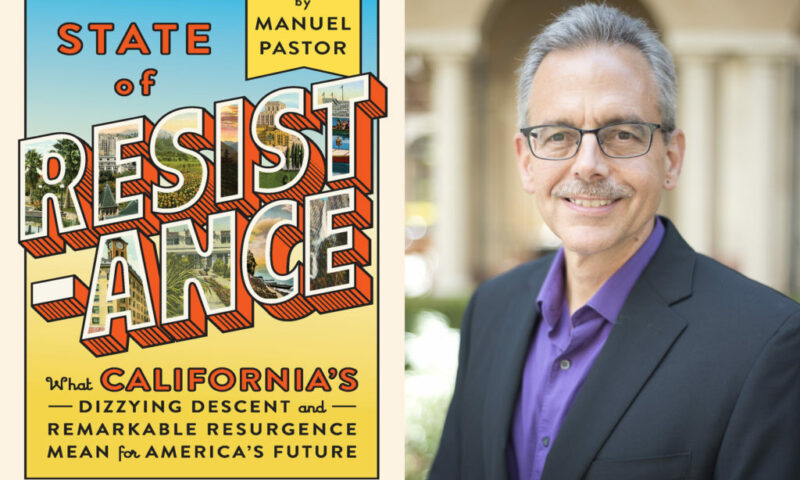
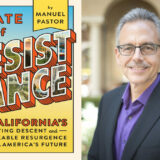
A new book argues that the dismantling of policy initiatives that made up the Golden State’s successful postwar social compact were, in part, driven by racial fears as state demographics shifted.


In California, where 76 percent of its K-12 enrollment is students of color, diversifying public colleges and universities is a top priority.